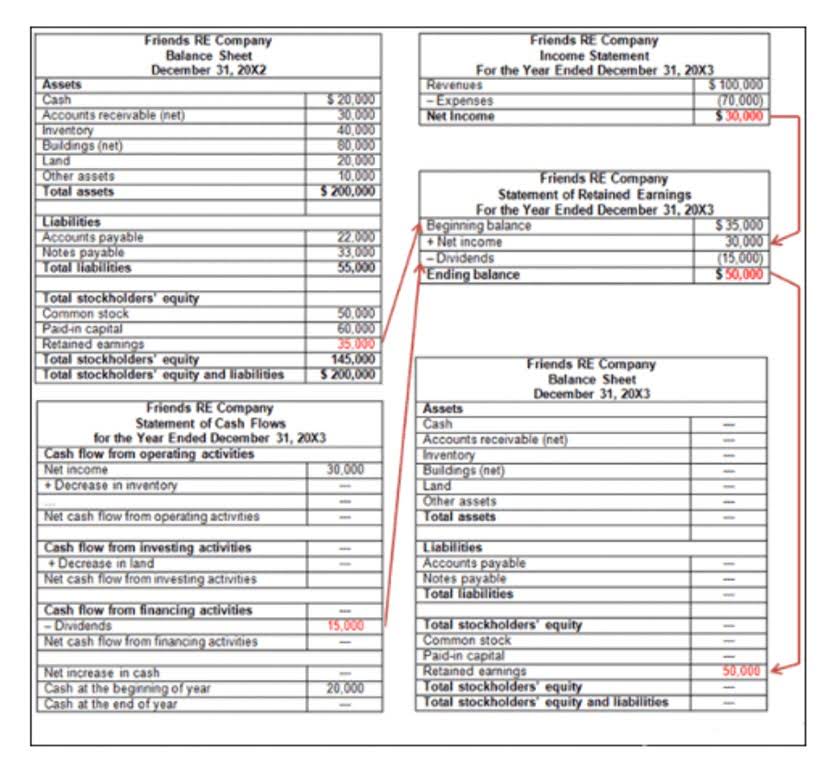
In bookkeeping terms, a contra asset account refers to an account which is offset against an asset account. Contra asset account is an important element of income statement the balance sheet or the books of accounts. This is because it tallies two respective debit-credit entry pairs, thereby figuring out the net balance of the asset account. In this example, the accounts receivable is 10,000, and the allowance for doubtful debt contra account is 1,000, leaving a balance of 9,000.
1. Discount on Bonds Payable Liability Contra

While accumulated depreciation is the most common contra asset account, the following also may apply, depending on the company. In the financial statements the asset account would be offset against the contra asset account to show the net balance. Allowance for doubtful accounts (ADA) is a contra asset account used to create an allowance for customers who are not expected to pay the money owed for purchased goods or services.
- Companies that hold inventories for a long time may face accumulating obsolete inventory.
- Each of these contra accounts serves to provide more detailed information about the transaction history of the related main account.
- Discount on notes payable is a contra liability account that is used to offset the balance of the notes payable account.
- Contra asset accounts play a crucial role in accurately presenting the financial health of a company.
- Nowadays, with the development of a computerized accounting system, it is easy and quick to prepare the contra asset accounts as the system does all the calculations, and hardly anything is pushed manually.
How to Calculate Units of Activity or Units of Production Depreciation

The Allowance for Doubtful Accounts carries a credit balance that reduces the total amount of accounts receivable to show the amount that the company expects to collect. Contra liability accounts decrease total liabilities reported on the balance sheet, offering a clearer view of a company’s obligations. A common example is the discount on bonds payable, representing the difference between a bond’s face value and its issuance price when sold at a discount. This account is amortized over the bond’s life, aligning interest expense with the bond’s effective interest rate as required by GAAP and IFRS. Another example is bond issue costs, which are also amortized over the bond’s term, reducing the carrying amount of the liability.

Types of Contra Asset Accounts
Each account in a general ledger will be designated debit or credit accounts depending on whether they’re categorized as assets, liabilities, revenues or expenses. The purpose of a contra account is to offset the balance of a related account. Contra accounts are a type of account used in financial analysis that offsets the balance of another account. They are used to provide transparency in accounting by showing adjustments or reductions made to certain accounts. Many accounting software programs have built-in features that allow for the creation and management of contra accounts. These programs help to streamline the accounting process and ensure that all transactions are properly recorded.

Definition of Contra Account
- A contra revenue represents any deductions or offsets that need to be removed from gross revenue to provide a clearer understanding of actual income — such as in the example just provided.
- For example, if an account has a debit balance, a contra account will have a credit balance.
- To compensate for those potential deadbeat customers, you can use a Bad Debts account to serve as a contra for your A/R.
- Let’s wrap up by outlining the reasons contra assets are an essential part of accounting.
- Accumulated depreciation is the total of all depreciation that has been charged to existing fixed assets such as equipment and buildings.
Discount on notes payable is a contra liability account that is used to offset the balance of the notes payable account. It represents the amount of discount that was given when the notes were issued. The purpose of this account is to increase the effective interest rate of the notes. Contra liability accounts are used to offset the balance in a liability account. For example, if a company has a liability account for unearned revenue, they would also have a contra liability account to offset the balance in the unearned Accounting for Technology Companies revenue account.

How does a contra account affect financial statements?
For a liability or revenue account that are naturally credit accounts, the contra accounts will be in a debit position. Therefore, to ensure accounts receivable stays clean and transparent, CCC will record $2,500 in the contra asset account called “Allowance for Doubtful Accounts”. This will ensure the net value of accounts receivable at year-end is not overstated. In accounting, a contra account is a general ledger account that offsets the balance of another general ledger account. A contra account is contra asset account examples used to reduce the value of an asset or liability account, which results in a net balance that reflects the true value of the account.
- The connection between contra-assets and the income statement is primarily through the periodic expense recognized, such as depreciation or amortization, which affects net income.
- A contra asset is used to offset or reduce the balance of the corresponding asset account in the balance sheet.
- Contra accounts can also be used to reflect negative balances in certain accounts.
- When a listed company buys back its own shares from the open market, it records the transaction by debiting the treasury stock account.
- They are used to reduce the value of an asset or liability account to its net balance.
Instead, we use a contra asset account called Accumulated Depreciation to track how much value the car has lost. Using contra accounts in financial analysis can provide valuable insights into a company’s management and transparency. By showing adjustments and reductions made to certain accounts, investors and analysts can better understand a company’s financial health and potential risks. Contra accounts are important in accounting practices because they help to ensure that financial statements are accurate and in compliance with GAAP (Generally Accepted Accounting Principles).
The filter (your contra asset account) holds back what’s no longer useful, so what you’re left with is the good stuff—the net value. A regular account is used to record transactions and has a normal balance. A contra account is used to offset the balance of a related account and has an opposite balance. Overall, while maintaining contra accounts may require additional effort, the benefits they offer in terms of financial transparency and accountability make them an essential tool in accounting.


